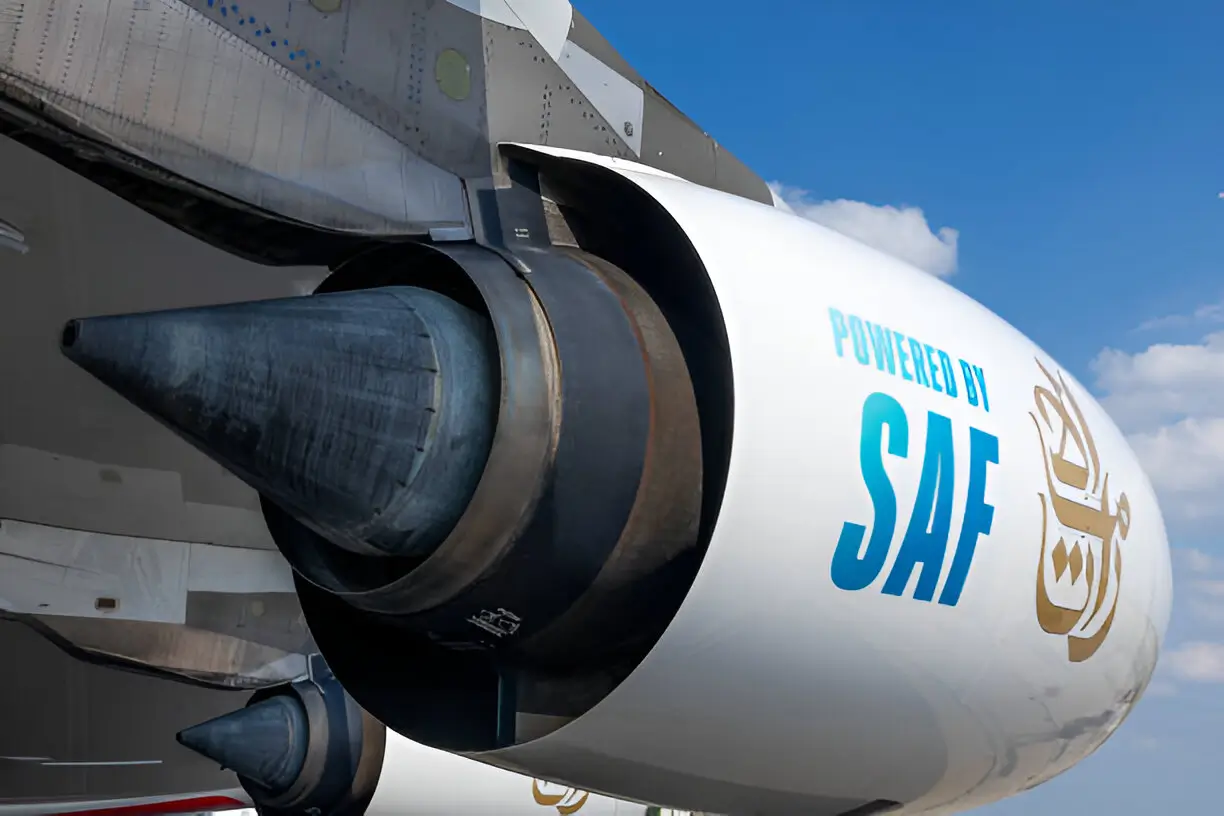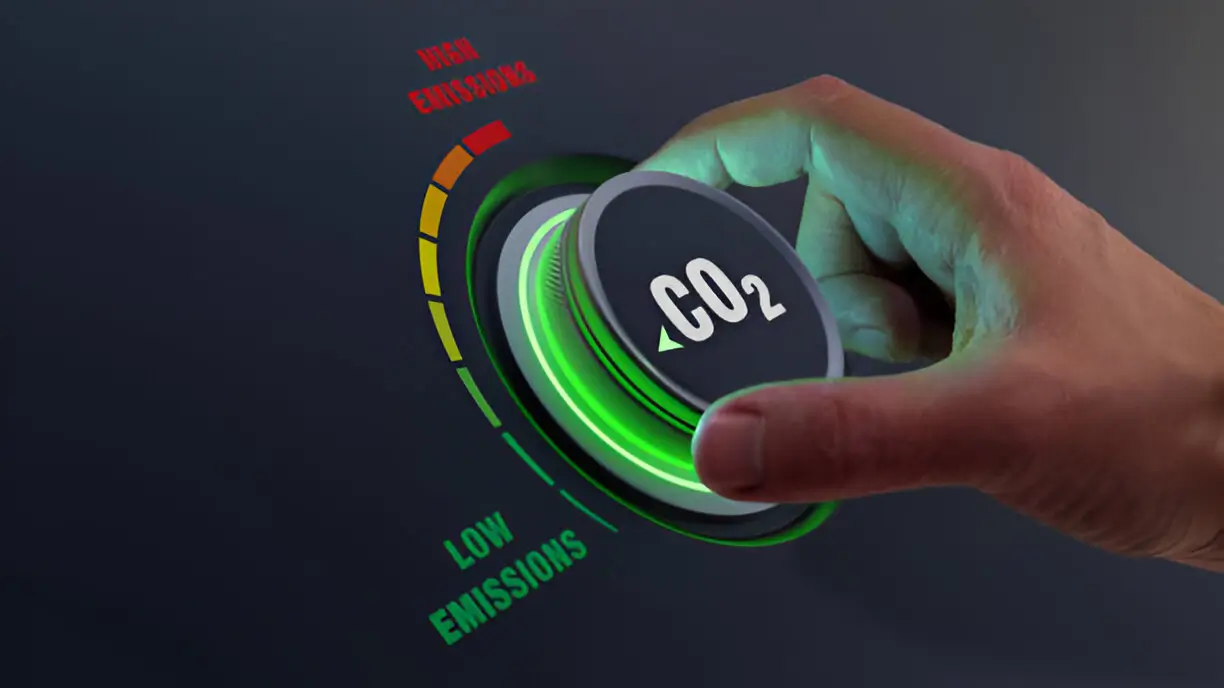The more CO2 and other greenhouses gases go into the atmosphere!
Mr Behzad Rezaee
There’s no getting around it, aeroplane engines burn fuel, which releases carbon dioxide (CO2). This, in turn, contributes to global warming. The more we fly, the more CO2 and other greenhouses gases go into the atmosphere. But some flights have lower emissions than others.
To help you make an informed choice, we provide information about the lifecycle emissions of your flight, represented by a CO2e number. CO2e is short for CO2 equivalent, and is a measure used to compare the emissions from greenhouse gases based on their global-warming potential, by converting amounts of other gases to the equivalent amount of carbon dioxide with the same global warming potential. When the CO2e for a flight is calculated, it not only includes the emissions from fuel burnt during the flight, but also from the production and transportation of the fuel.
We then show you which flight options on a route have lifecycle emissions that are at least 6% lower than a typical flight on that route. A “typical” flight represents a median across all dates and available flights for that route, so if you don’t see any lower emissions flights for your search, it’s likely that there aren’t any available for your chosen day.
On the other hand, it’s also possible for many flights on a given day to be less than typical. While the best option for your chosen route is usually a direct flight, in rare cases it’s possible for an indirect option to have lower emissions than typical if, for example, both flights are on fuel-efficient planes. We don’t compare to other modes of transport, so there may be other lower emissions options like trains available for your route.
How are emissions calculated?
1
The model considers factors like the aircraft type and the number and class of seats.
2
Lifecycle emissions for the total flight are calculated using information such as the distance between departure airport and destination, and by adding in emissions from the production and transportation of the fuel. The total is then divided by the estimated number of passengers in each class to give a per-traveller CO2e figure.
3
Flights that emit at least 6% less than a typical flight for the route are flagged as having lower emissions in Skyscanner search results.
Travelling by train
Trains produce fewer emissions than flights for a journey of the same distance because they burn less fuel per passenger. Some trains are powered by renewable electricity, reducing emissions even further. At Skyscanner we know sustainability is front of mind for many and our platform is designed to help you find the right travel option based on a number of criteria such as price, time, location, and lower emissions. That’s why we’re currently testing offering rail options in our search results in a number of countries.




